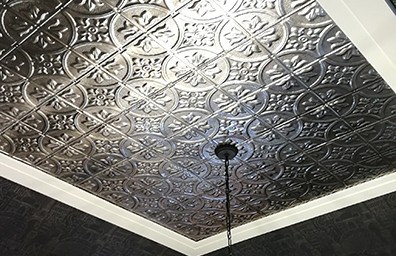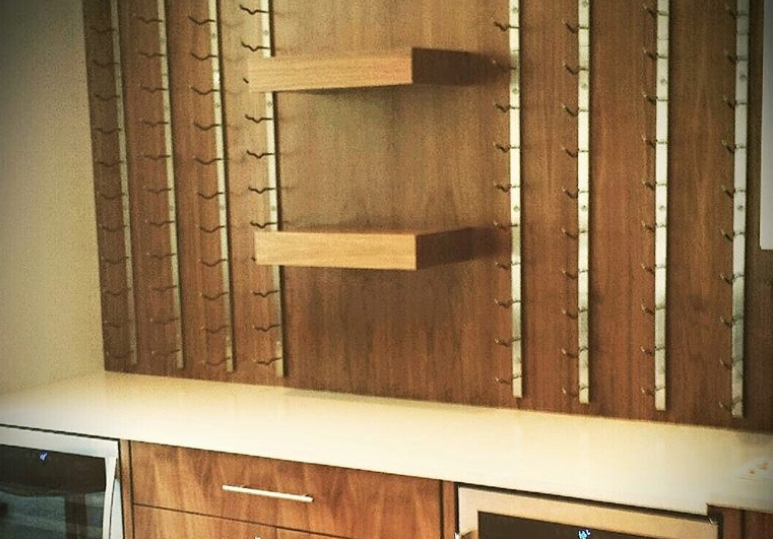When you build a wine cellar, one of the choices is whether or not to have a cooling system. What kind of collection will you have? Are you looking to effectively age certain bottles in a perfect environment, with the intention to enjoy that particular vintage to its full potential? Are you looking to have a software system and catalogue your collection, dates, temperatures, etc. so that you may trade your wine? Do you have a large collection? Is the wine that you wish to store very costly, or will be exposed to temperatures outside of the comfort zone of wine?
Cooling systems are designed to control the temperature and humidity of a wine cellar, to create ideal climate conditions to store wine. The consistent temperature and humidity allows the wine to age properly.
Cooling systems require the cellar to be properly insulated. This is to avoid condensation from being formed which can cause mould in the walls, as well as putting strain on the cooling system, which will lead to system failure. All cooling systems warranties require the system be installed into the appropriate sized space for the system, and the space be properly insulated.
The best insulation for a wine cellar is spray foam. It is more costly than batt insulation, but there is a reason for this. The spray foam has a higher R-value, does not degrade over time the same way as batt insulation, and is insulation and vapour barrier in one, and able to fill into any crack, or crevice, that is next to impossible to fill properly with batt insulation. With batt insulation, the vapour barrier must be on the warm side of the insulation inside a cellar, meaning, if you do not have access to the outside of the wine cellar walls and ceiling, you will have to wrap the studs before putting in the insulation, and then covering the wine cellar walls. This is extremely difficult, unlikely to have a proper seal and r-value result, due to some obstacles that sometimes come up like beams, ductwork, electrical, plumbing, etc. If using climate control, the best option is spray foam.
Doors: if you plan to use solid glass doors, which seems to be trending, you need to keep something in mind: Solid glass has an r-value of less than 1. Ideal r-value for wine cellar walls is 14-20. Glass doors make a cellar extremely ineffecient. If you would like to look into the cellar from outside the cellar, exterior thickness solid wood doors are advised, with at least double pane or even triple pane glass, so there is at least an r-value of 2 or 3, which is still not very good.
Cooling units are rated for size based on the cubic footage they can effectively cool. This volume rating they are capable of cooling is assuming perfect insulating, R-20 walls, R-30 ceiling, solid door with foam insulation core, and weatherstripping. FOR EXAMPLE: If you had a solidly insulated room exactly 500 cubic feet with these conditions, you could probably get away with a cooling unit rated for 500 cubic feet. If you had a wood door with a glass insert window, they you would be better off with a unit rated for 1000 cubic feet, due to the inefficiency of the glass insert of the door. This inefficiency is making the room "feel" more like it is approx 750-1000 cubic feet. If you had one wall that was entirely 10 or 12mm clear glass, even with perfectly installed gaskets, this room is going to "feel" more like 1500-2000 cubic feet, so you would be best off with a unit rated for 2000 cubic feet to account for the inefficiency of the clear glass.
NOISE.
Cooling units are noisy. Anytime you have an appliance with a compressor and a fan, you will have noise. Cooling units have both. The most basic, cost effective units make the most noise. There are 3 different type of units, and cover a vast price range.
1. Through-The-Wall Cooling Units. These units are mounted through a wall in the cellar. There are various sizes based on the capacity, making various degrees of noise. They must vent warm air into an area that is equal to or preferably larger than the cellar. Ideally this is into a utility room, where the noise of the unit and the extra heat if not desired will not be noticed. Depending on the location of the cellar in the home, sometimes venting into a utility room isn't an option, and they only option left then would be to vent this unit into an open living space which with the heat and noise could become an annoyance. This needs to be carefully considered when deciding to make a climate controlled wine cellar. The price range of these type of units is typically 1500-4000 not including delivery and installation, depending on the size of cellar.
2. Ducted Units. These units allow for ducting the cool air into the cellar and even venting the heat exhaust away from the unit if the location of the unit is not equal to or larger than the cellar. These units allow for the cooling unit to completely be located in room like a utility room, so all of the noise would take place in the utility room. The cool air being ducted into the cellar makes the cellar much quieter. If the room to house the unit is smaller than the cellar, you can duct the exhaust into a larger space. The purpose of these units is to eliminate noise as well as the unit itself in the cellar, as the cool air comes in via a grill that can be attractively placed within the design of the room. These units are usually 5000+ not including delivery and installation, depending on the size of cellar.
3. Split Units. These units eliminate the need for ducting. This system is comprised of two units, an evaporator and a condenser. The evaporator is located in the cellar an contains a fan. The condenser is located outside the cellar, usually in a utility room, or even on the outside of the house in an enclosure, and this portion contains the compressor which makes all of the noise. The two units are connected via refrigerant lines which must be installed and charged by an hvac-r technician. Running these lines and having them charged adds a significant cost to the installation. The benefit to these units is that they are tremendously quiet, and since they only require connection via copper pipes instead of big bulky ducts, it offers great installation flexibility. They are the priciest systems. Overall these systems are 7000-8000+ not including delivery and basic installation, and depends on the size of cellar.
So, understanding the expense of making a cellar properly insulated, realizing that cooling systems are rated by capacity, and capacity meaning the size a room "feels" based on size and inefficiencies with the insulation factor considered. Also, a big thing to consider - the noise!
If the space you wish to have has a natural cool feel to it, and doesn't experience significant temperature fluxuations throughout the year, then you very well may not need a cooling system. If the space doesn't get warmer than 18 in general, than you can skip a cooling system. The idea is that you do not want to cook the wine.
You may not need a cooling system, instead of the expense of a system which might not be ideal in your home, you can focus on displaying and enjoying wine!





